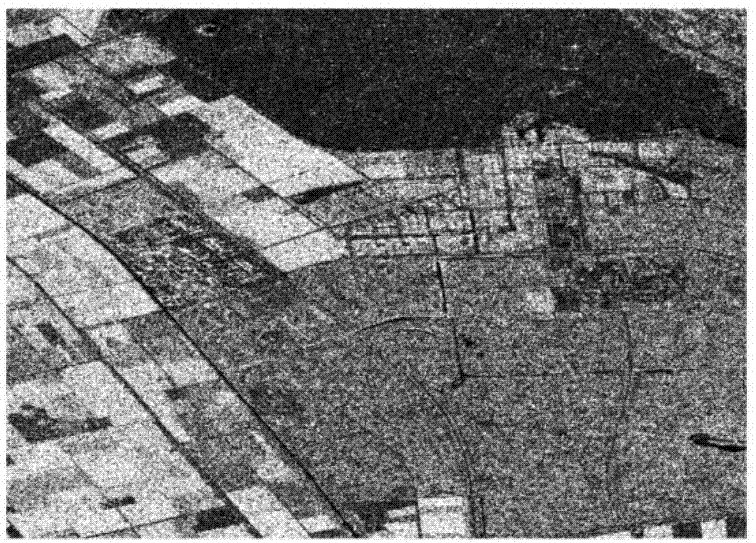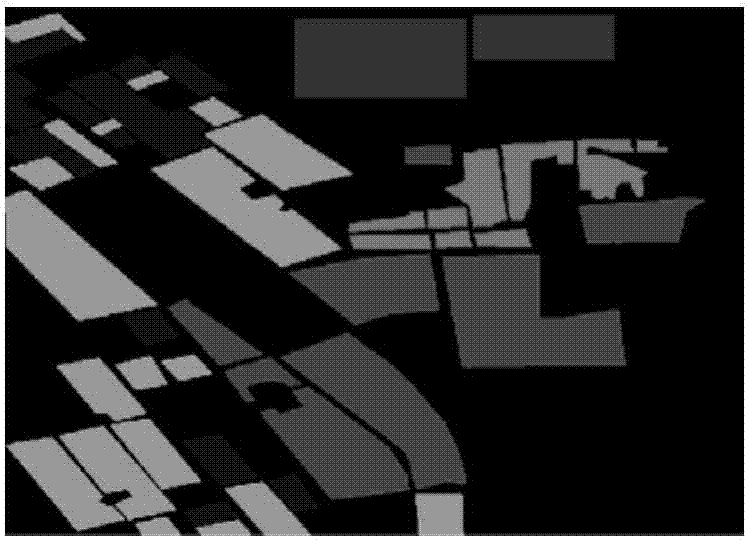SAR image classification method based on texture features and DBN
A technology of texture features and classification methods, applied in character and pattern recognition, instrument, scene recognition, etc., can solve the problems of low classification accuracy and not being used, and achieve the effect of improving classification accuracy
- Summary
- Abstract
- Description
- Claims
- Application Information
AI Technical Summary
Problems solved by technology
Method used
Image
Examples
Embodiment Construction
[0026] Such as figure 1 As shown, a SAR image classification method based on texture features and DBN includes the following steps:
[0027] 1) Extraction of texture features based on GLCM:
[0028] Convert the SAR image into a 16-level grayscale image, select an appropriate window size w×w, and extract image blocks centered on all marked pixels in the grayscale image; the distance d between two pixels is set to 1, and the grayscale of each image block is calculated. Degree co-occurrence matrix (0°, 45°, 90°, 135°) four eigenstatistics of energy, entropy, contrast and correlation in four directions, take the mean and standard deviation of eigenvalue statistics in four directions, get An 8-dimensional GLCM feature vector G;
[0029] 2) GMRF-based texture feature extraction:
[0030] Select a window of the same size as in step 1), and extract image blocks from all marked pixels in the SAR image; select a 4th-order neighborhood system, and calculate the Gauss Markov model para...
PUM
 Login to view more
Login to view more Abstract
Description
Claims
Application Information
 Login to view more
Login to view more - R&D Engineer
- R&D Manager
- IP Professional
- Industry Leading Data Capabilities
- Powerful AI technology
- Patent DNA Extraction
Browse by: Latest US Patents, China's latest patents, Technical Efficacy Thesaurus, Application Domain, Technology Topic.
© 2024 PatSnap. All rights reserved.Legal|Privacy policy|Modern Slavery Act Transparency Statement|Sitemap



